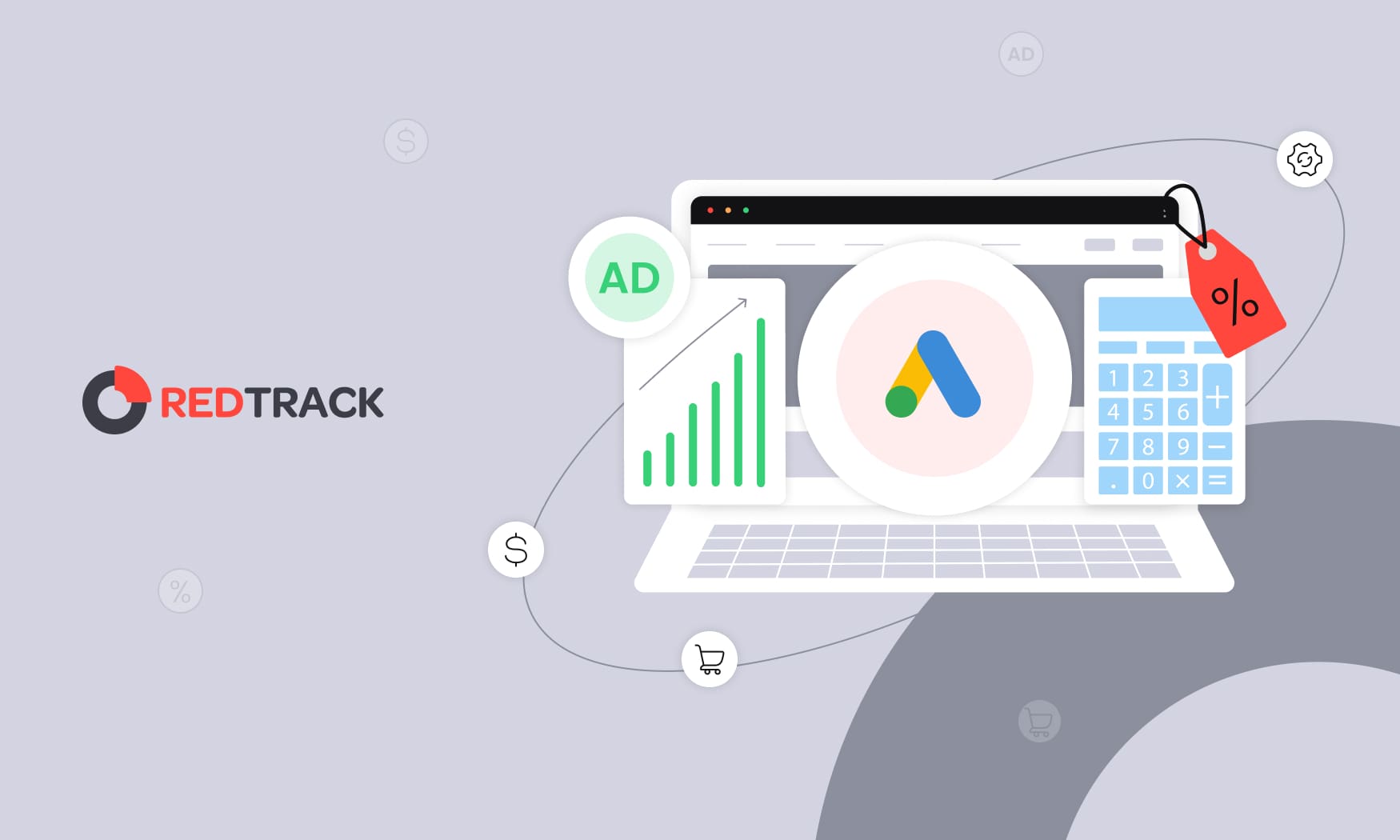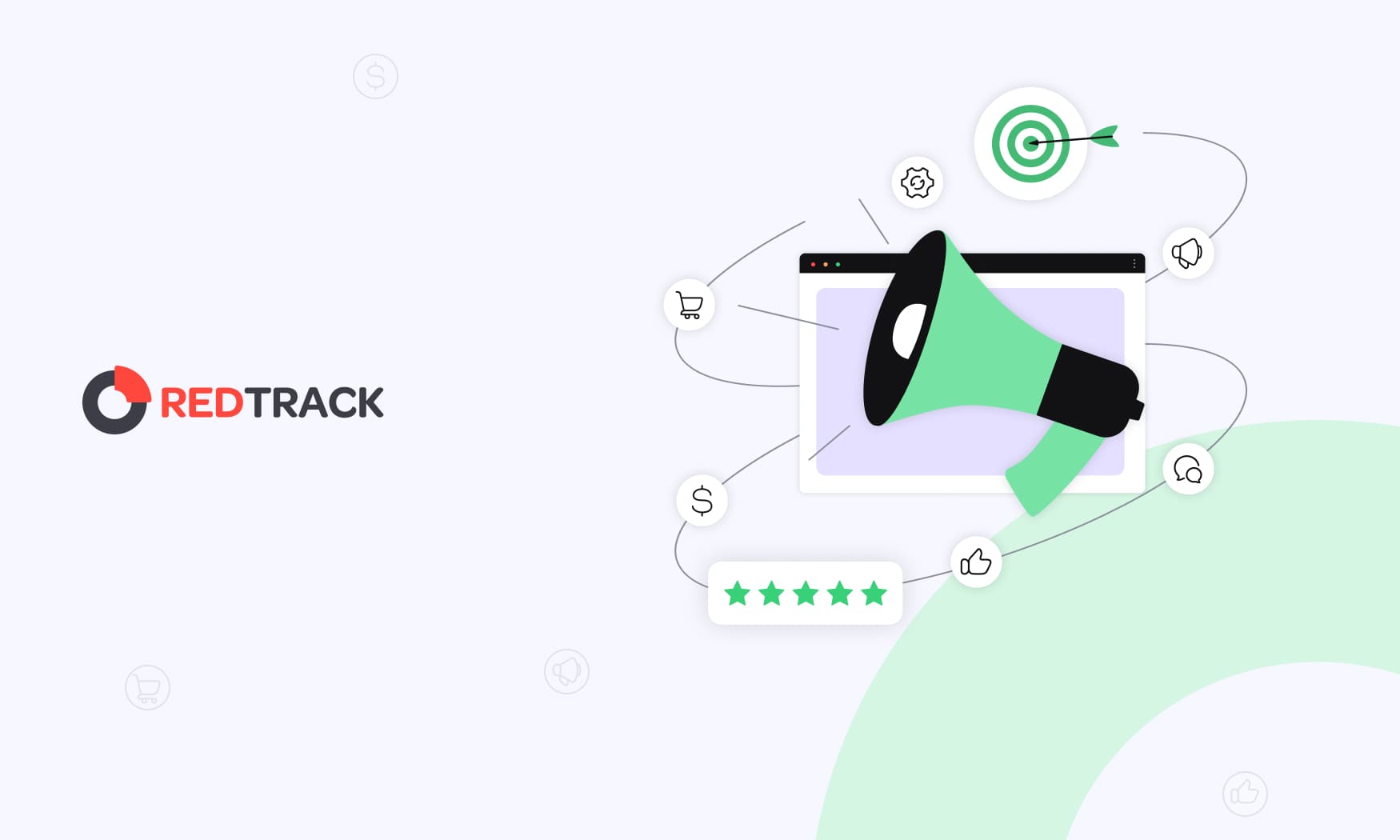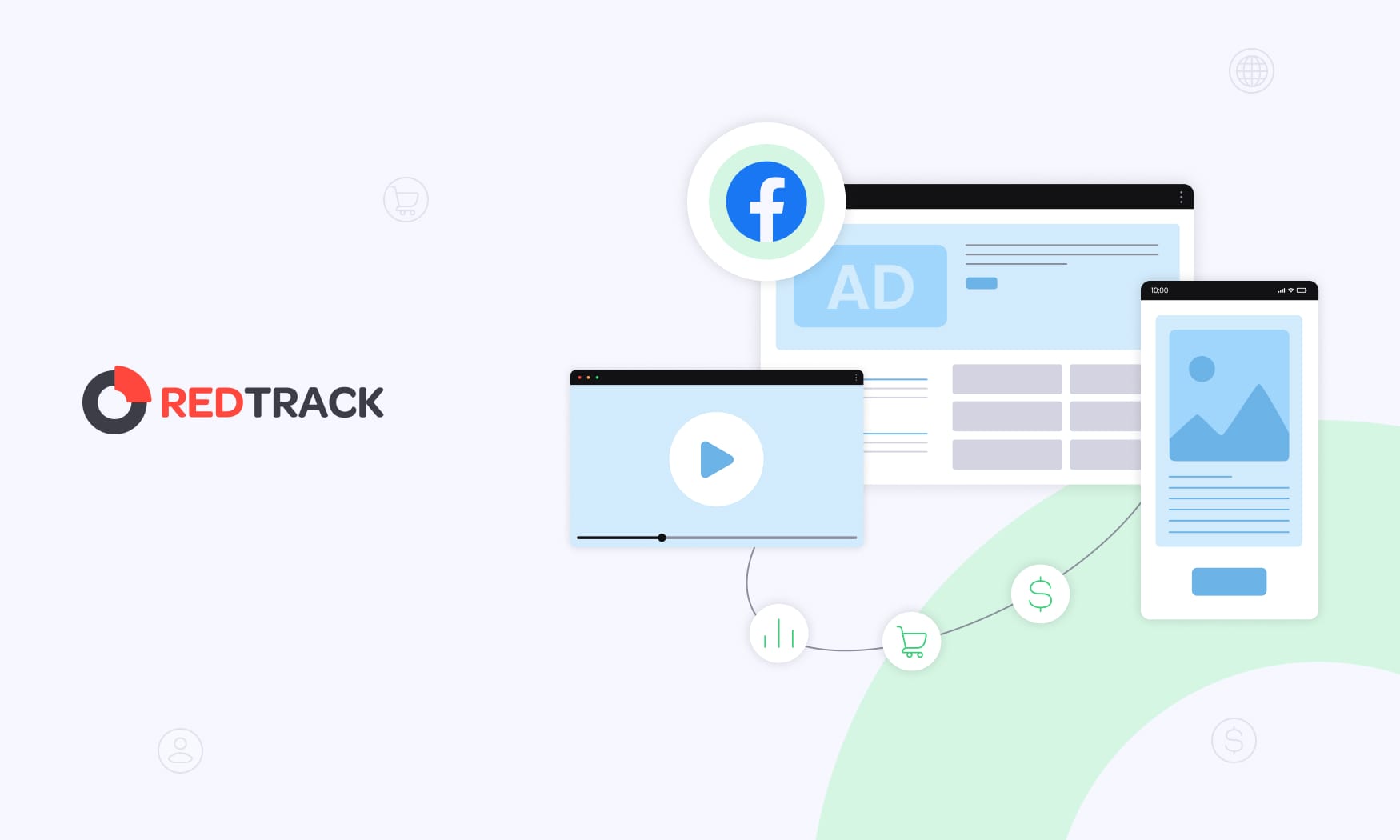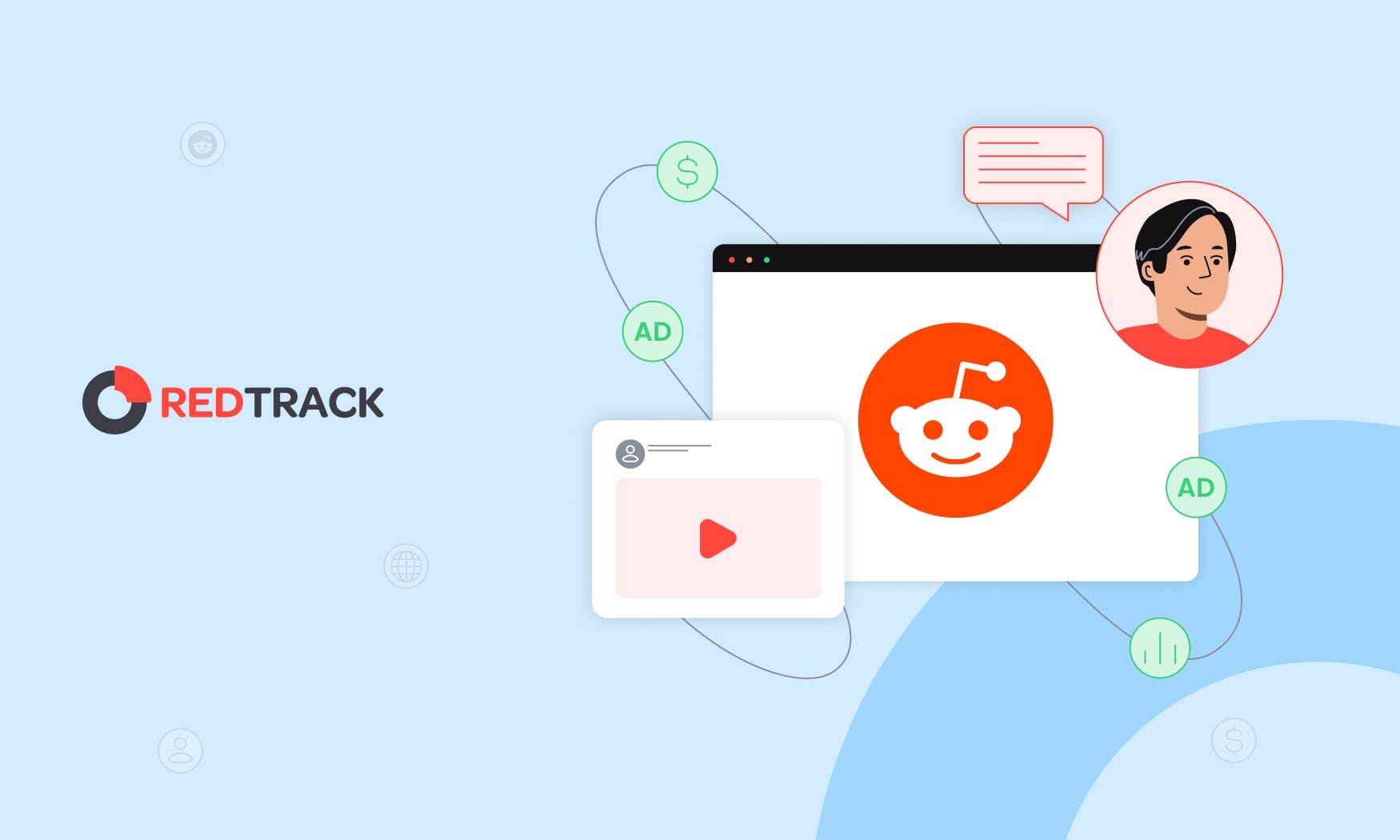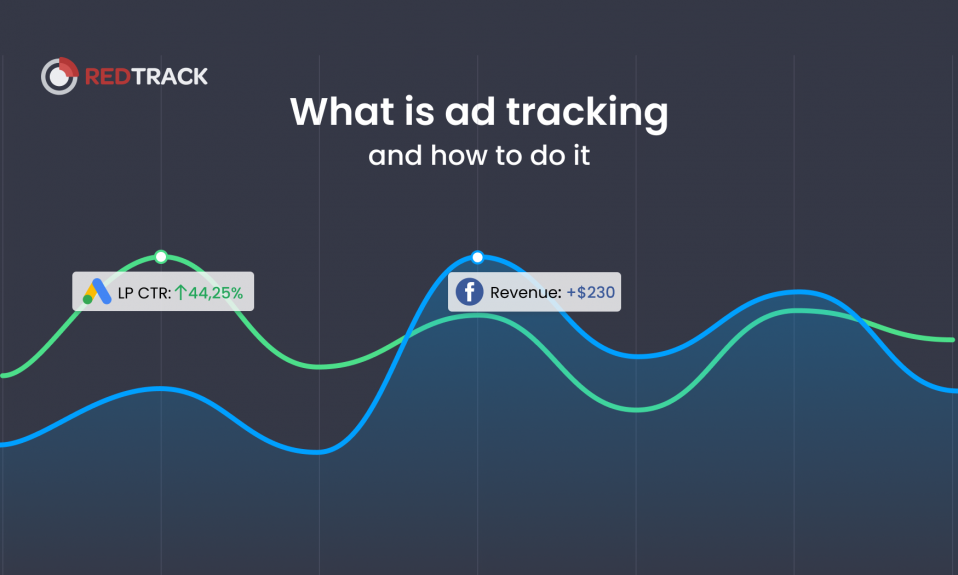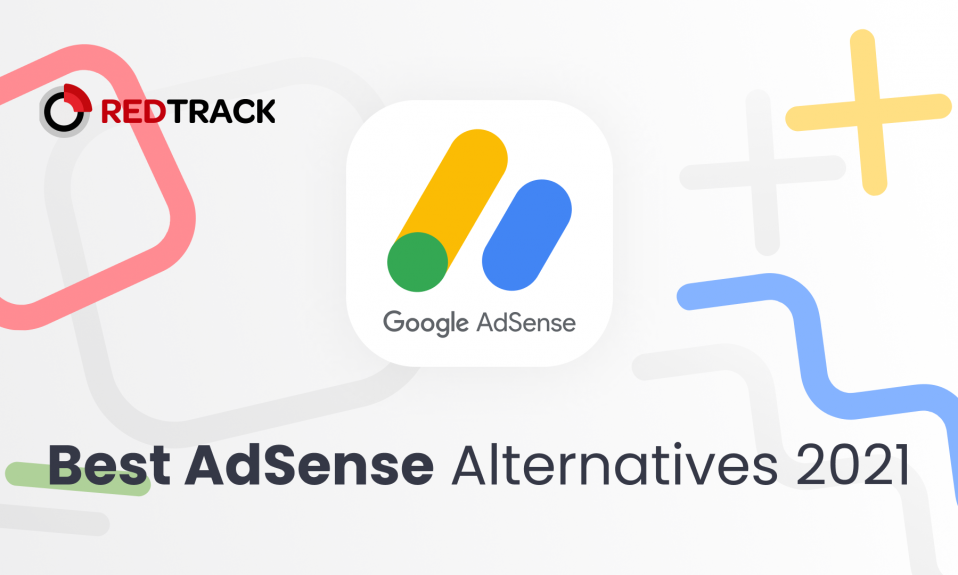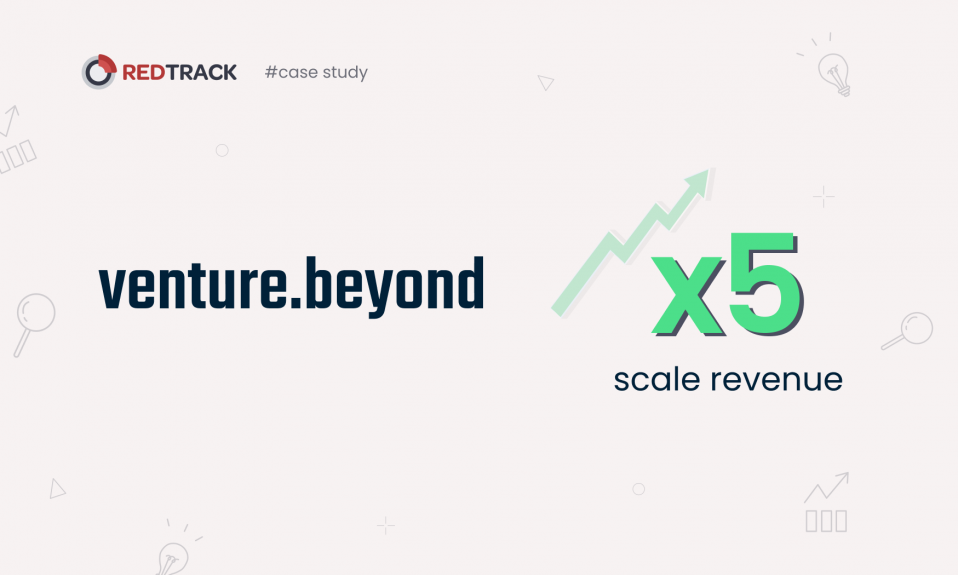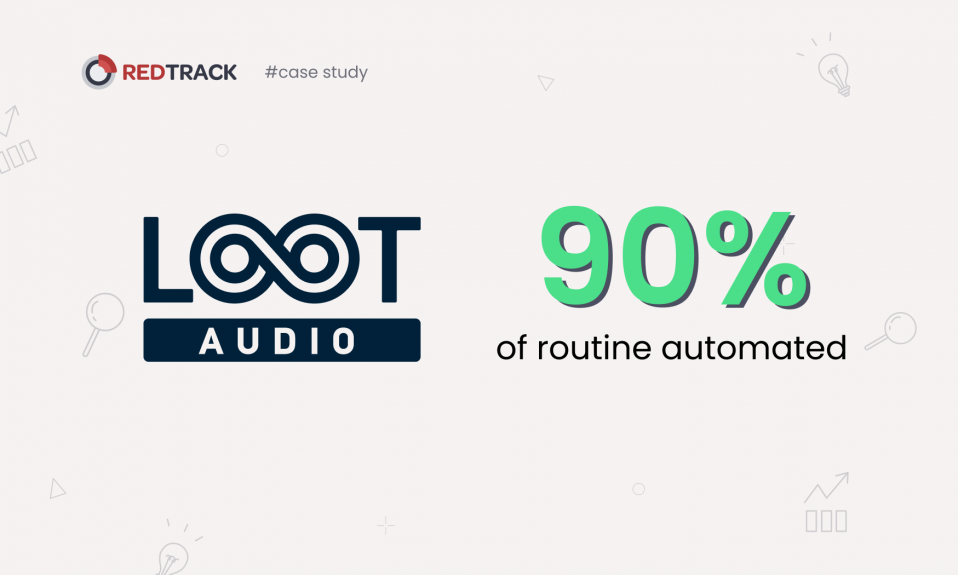
Triple Whale is built for Shopify-based DTC brands that live and breathe paid ads.
It’s the go-to tool for founders, growth marketers, and small eCom teams who want quick clarity on what’s driving sales without juggling multiple dashboards. It’s made to help you see what’s working without cluttering you with a ton of data.
But there’s the flip side where many users run into the same headaches:
- attribution data that doesn’t always line up with ad-platform numbers,
- limited flexibility outside Shopify, and
- pricing that ramps up fast as you grow.
Some complain that insights stop at surface level where it’s great for performance snapshots, less so for deep analysis (you can read all reviews on G2).
In a nutshell, Triple Whale nails the basics for Shopify brands focused on ad ROI. However, once you start scaling or adding more channels, it can feel like coming up short so.
That being said, question of what are the best Triple Whale alternatives in 2026 is quite logical to ask, esspecially if you’re Shopify ecom owner.
1. RedTrack
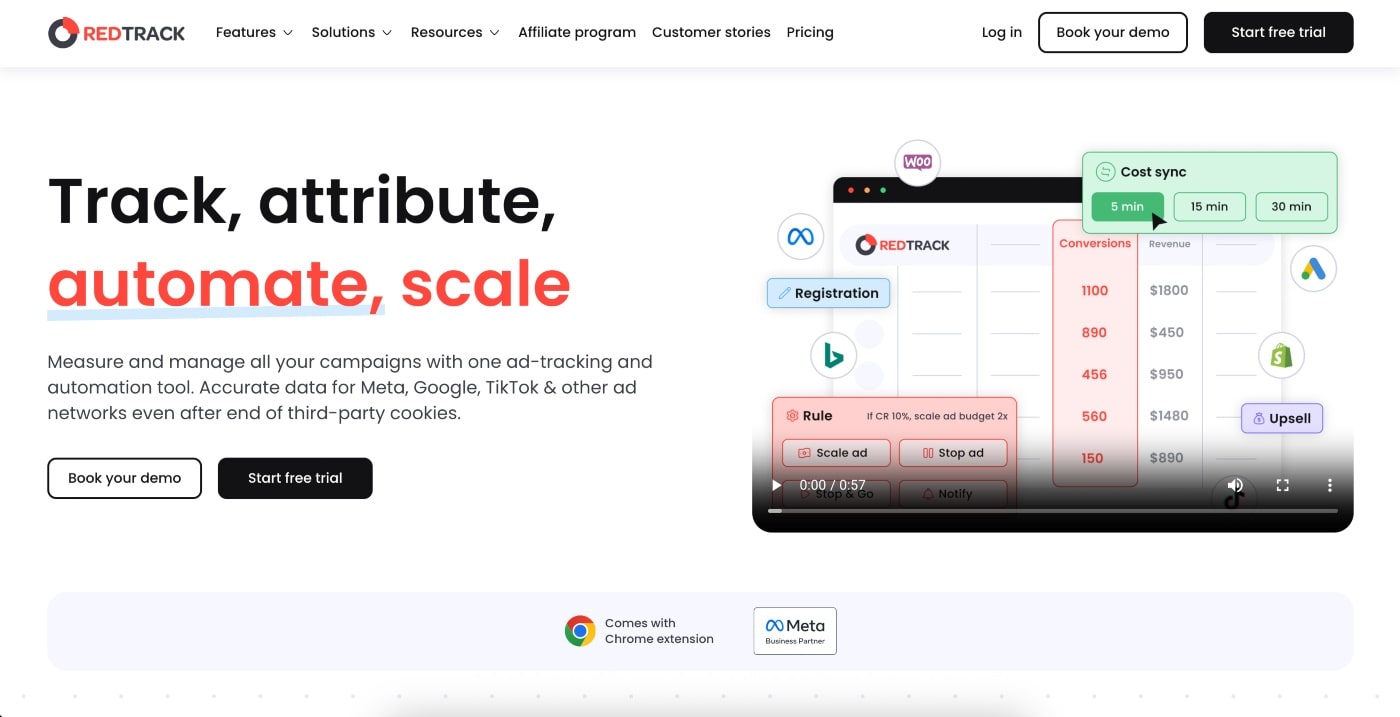
Triple Whale plays in the “Ecom OS” lane which is a multifunctional platform that unifies Shopify store data, ad spend, COGS, and subscription metrics into polished dashboards.
It’s basically built to give business-wide visibility, blending marketing and financial data for quick decision-making which is great for store owners who want a snapshot of profitability across the business.
On the other hand, for performance media buyers, that broad approach has a ceiling. Once you start scaling across Meta, Google, TikTok, native, and influencer traffic, Triple Whale’s tracking depth can’t keep up.
It was built for overview, not precision.
RedTrack fills that gap by being a hybrid system – part conversion tracking powerhouse, part attribution engine, part automation suite.
It captures every click, lead, and sale with server-side accuracy, sends verified data to ad platforms through Conversion APIs, and layers it with multi-touch attribution and customer journey reports.
So this isn’t just data visualization but data activation.
RedTrack gives you the tools to understand exactly where your profits come from, and the automation to scale them faster.
In short: Triple Whale explains what happened while RedTrack helps you make it happen again, only smarter. It’s the hybrid middle ground between analytics and action, built for eCommerce performance marketers who measure success in ROAS, not pageviews, and that difference is everything.
Comparing RedTrack and Triple Whale is something we covered in-depth on separate page, so if you want to know more about it and figure out which solution works best for you, make sure to check it out!
2. Wicked Reports
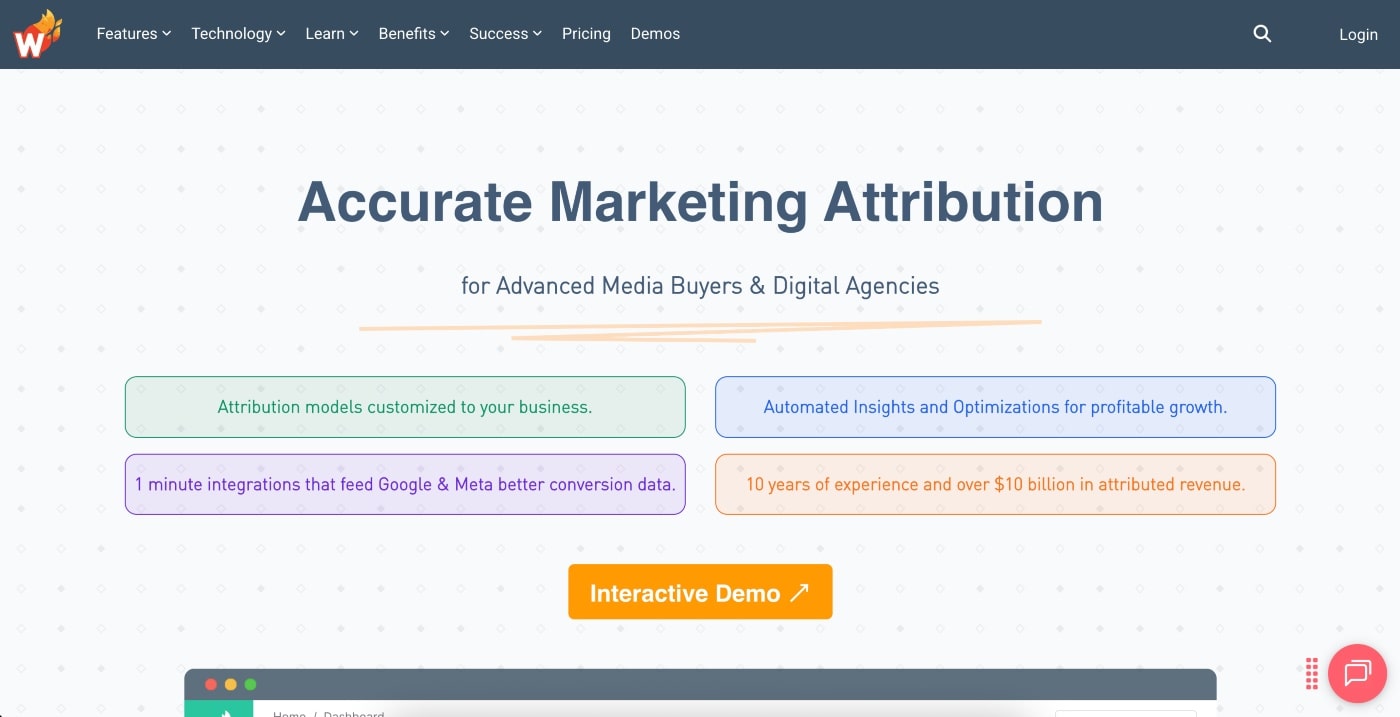
Wicked Reports focuses on long-term clarity, connecting the dots between first clicks, repeat purchases, and customer lifetime value.
It brings together data from ads, email, and CRMs to show how marketing spend performs over weeks or months, not just days, while Triple Whale, by comparison, is built for speed and simplicity.
Similar to Triple Whale, Wicked Reports delivers polished dashboards and quick attribution inside the Shopify ecosystem. Both offer insight, but Wicked Reports by nature goes deeper into the why behind revenue, while Triple Whale focuses on the what that’s happening right now. That being said, it’s basically a matter of what you need more.
For DTC brands running multi-channel campaigns, Wicked Reports helps uncover which efforts build lasting revenue. It’s able to show you which campaigns bring customers who stay and spend more money on your website by combination of multi touch attribution and extended lookback window. Also, it feeds that conversion data back to ad platforms, which improves optimization over time – the more time passes by, it’s better and better!
Triple Whale still leads in user experience and setup speed. It’s easier to plug in, more visual and intuitive, and ideal for brands that want quick reads on performance. Wicked Reports asks for more setup, but gives back deeper, long-term insight that performance buyers can act on.
3. AnyTrack
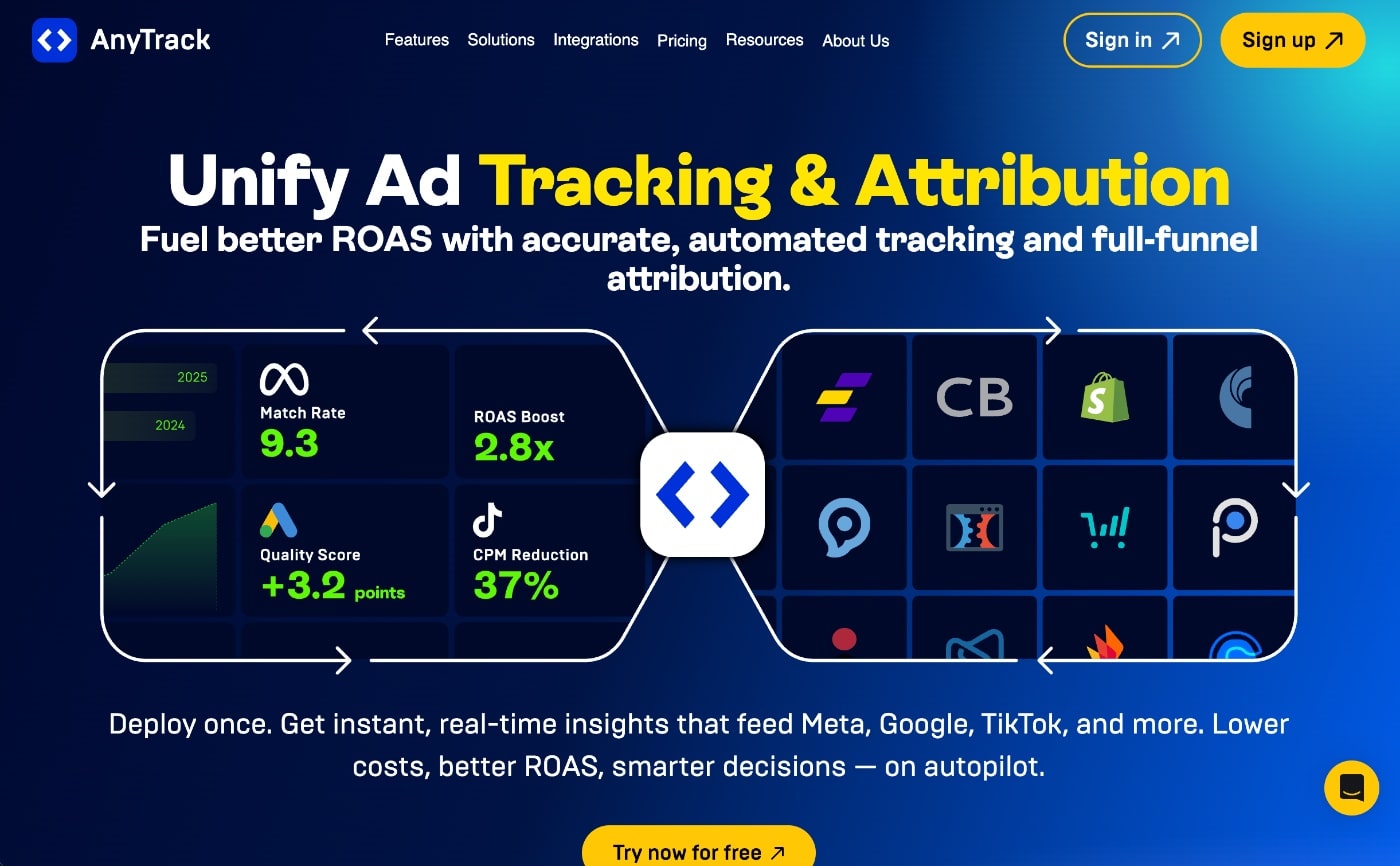
AnyTrack is a universal tracking and attribution platform that connects all conversion events (from Shopify stores to affiliate networks, landing pages, and funnels) and sends that data back to ad platforms through Conversion APIs.
AnyTrack is built for marketers running complex, multi-channel setups while Triple Whale, on the other hand, is tightly focused on Shopify. It delivers beautiful dashboards, fast insights, and simplified attribution inside the ecommerce ecosystem. Both tools track performance which is important thing to emphasize, but AnyTrack plays across more channels, while Triple Whale stays closer to the Shopify.
AnyTrack keeps conversion tracking accurate even after iOS 14, syncing server-side data back to Meta, Google, and TikTok for better optimization and it also integrates affiliate and influencer campaigns (something Triple Whale doesn’t cover deeply) giving a full view of how every click contributes to revenue.
Triple Whale still wins on design and ease of use. Its Shopify-native dashboards and AI insights make it ideal for teams that want instant clarity. AnyTrack takes longer to configure, but it rewards you with broader visibility and stronger attribution accuracy esspecially in cases where you want to scale.
4. Hyros
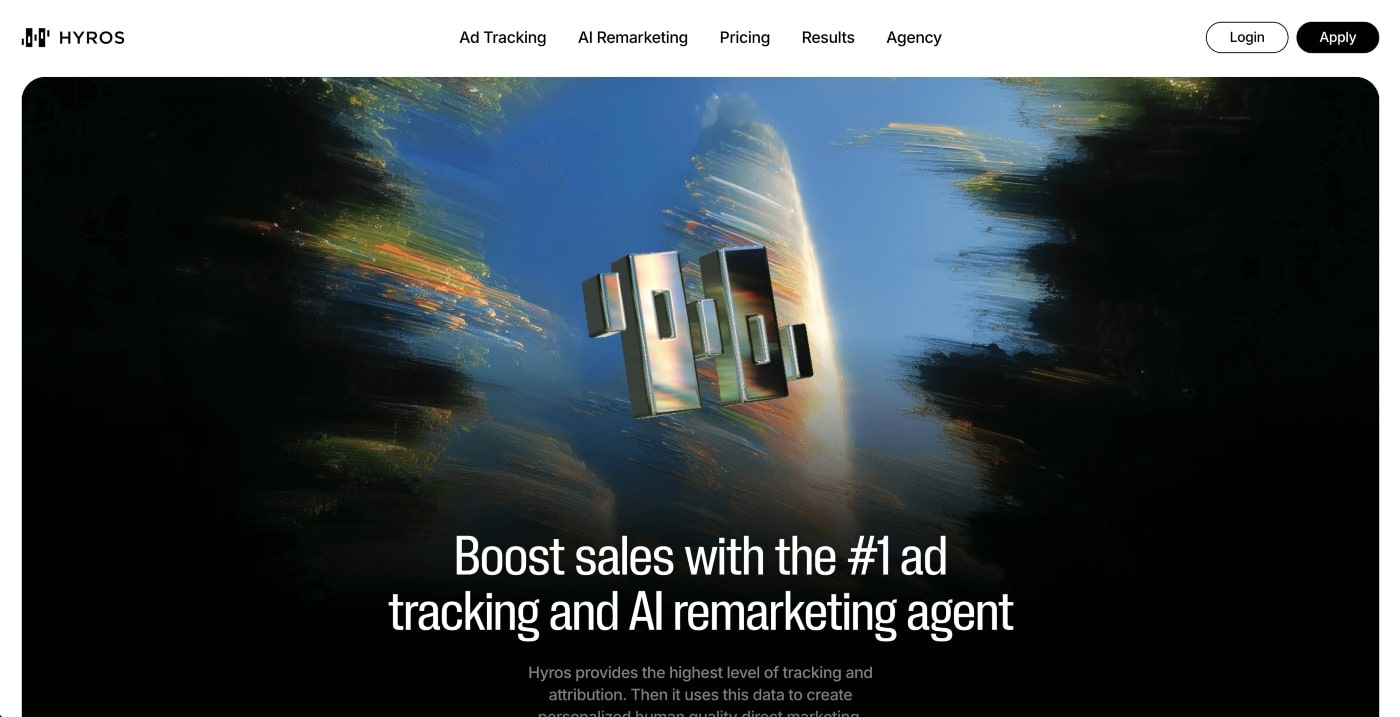
Hyros is a full-funnel attribution platform built to connect every step of the customer journey – from ad click to email to phone sale.
It uses server-side tracking and AI-based marketing attribution to deliver clean, post–iOS 14 data that ad platforms can actually learn from which is a game-changer for scaling later on. While Triple Whale focuses on Shopify-native reportingg Hyros dives deeper by being platform-agnostic, built for accuracy and data control rather than convenience, tracking every event across Meta, Google, TikTok, and beyond.
For brands running multi-channel campaigns or selling through longer funnels, Hyros offers industry leading insight to entire journey and how the conversion happened. It ties first-touch ads to final purchases, maps lifetime value, and feeds verified data back into ad algorithms to sharpen performance over time. It’s particularly powerful for performance buyers scaling beyond Shopify, where blended dashboards just aren’t enough to prove what’s working.
Hyros trades speed for precision. You lose the instant Shopify sync, the sleek dashboard, and the plug-and-play setup that Triple Whale nails. But if you’re ready to dig deeper and want customer data you can actually trust, both solutions are fine, but Hyros gives you a bit fuller picture.
5. NorthBeam

Northbeam doesn’t just report numbers but it explains them by providing actionable insights. It blends multi-touch attribution with media mix modeling, using first-party data and machine learning to show how every ad, email, and click shapes your revenue. It runs across Shopify, WooCommerce, and beyond. Triple Whale, meanwhile (as we previously mentioned), stays closer to Shopify, fast, visual, and easy to read. It’s the clean dashboard are something every founder loves. But Northbeam goes further, mapping the big picture and predicting where your next profitable dollar should go.
If you’re running heavy across Meta, Google, TikTok, and influencers, Northbeam would be considerable upgrade. It connects what’s happening now with what’s likely going to happen next, turning cross-channel data into a clear, predictable path to scale with super optimized marketing efforts that are to be made. It reveals how top-of-funnel traffic drives bottom-line profit, even when Shopify’s dashboards can’t.
On the flip side, you trade simplicity for depth. Triple Whale is plug-and-play, lightning-fast, and doesn’t have a much of a learning curve. Northbeam takes setup and patience, but it pays you back in richer forecasts, cleaner attribution, and strategy-level insight that dashboards alone can’t give.
6. ThoughtMetric

ThoughtMetric is a cross-platform attribution tool built for eCommerce brands that live beyond Shopify.
It tracks the full customer journey with multi-touch attribution, first-party data, and post-purchase surveys to fill in gaps left by iOS tracking limits – works with Shopify, WooCommerce, BigCommerce, and Magento which is basically something almost all solutions win again Triple Whale who stays solely as Shopify related.
ThoughtMetric shines when your marketing isn’t confined to paid social or a single store. It brings together data from Meta, Google, email, and influencers, then maps how each channel contributes to real revenue and lifetime value. Its pricing is transparent, and its reporting gives both granular and long-term views which is perfect for brands scaling across multiple stores or regions.
You trade sleek simplicity for flexibility. Triple Whale’s setup is faster, its dashboards cleaner, and its automation tools more mature.
7. Elevar

Elevar is the behind-the-scenes engine that makes your tracking airtight.
It builds a server-side data layer for Shopify that captures every event and sends that data straight to ad platforms through CAPIs. Where Triple Whale focuses on reporting and decision-making, Elevar focuses on data accuracy and delivery – one is your analytics dashboard while the other is your accurate tracking foundation.
For eCommerce teams who care about precision, Elevar may be a game changer as it ensures Meta, Google, and TikTok receive clean, verified signals even in the post-iOS 14 data gathering chaos. That means faster algorithm learning, more accurate ROAS, and less wasted ad spend. Another amazing thing is that it also improves site speed by removing redundant pixels and centralizing tracking logic. For performance buyers, it’s the kind of invisible infrastructure that quietly amplifies every ad dollar you spend.
Elevar focuses on telling the story through verified accurate data. Triple Whale gives you elegant dashboards, AI-driven insights, and quick setup inside Shopify. Elevar is more technical, less visual, but when accuracy is mission-critical, it’s the piece that makes everything else work better.
Conclusion – How To Choose Best Triple Whale Alternative?
Choosing the right Triple Whale alternative comes down to understanding what you actually need from your tracking stack and not just what looks good in a demo.
Accurate insights or valuable insights?
Triple Whale nails simplicity, speed, and visual clarity inside Shopify. But if you’re scaling hard across multiple channels, want cleaner attribution, or need server-side precision, you might outgrow it faster than you think.
Every solution has trade-offs: Triple Whale gives ease and speed, while others give truth and control.
If your biggest pain point is data accuracy, infrastructure tool such as RedTrack can guarantee clean, server-side event tracking and real-time data ownership.
On the other hand, when your challenge is understanding how channels work together over time, RedTrack offers deeper attribution models and lifetime value insights that go beyond short-window ROAS.
Need flexibility to track affiliates, influencers, or multi-store setups? RedTrack keeps things open and cross-platform, and makes data analysis actually enjoyable experience.
For performance media buyers, the question isn’t “which tool has the nicest UI”, but it’s “which one keeps my data honest and my optimizations accurate.”
So before you switch, define your goal clearly – do you want clarity, control, or convenience? Once you know which one drives your revenue, the right tool becomes obvious. The best tracker isn’t the flashiest dashboard but the one that helps you make better, faster, and more profitable decisions every day.


